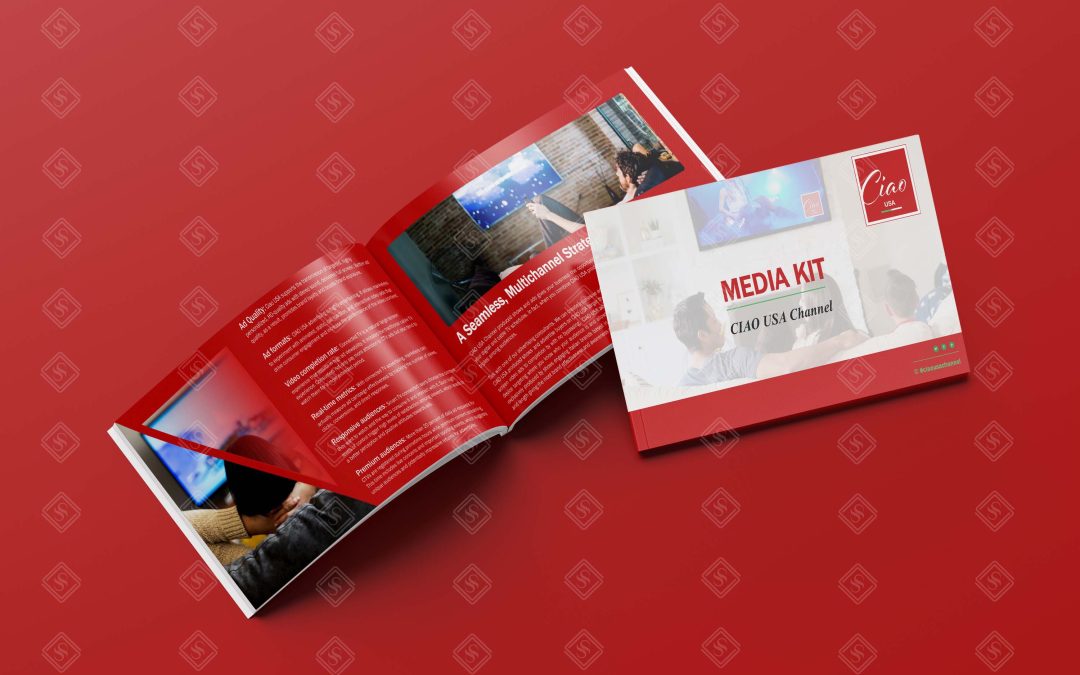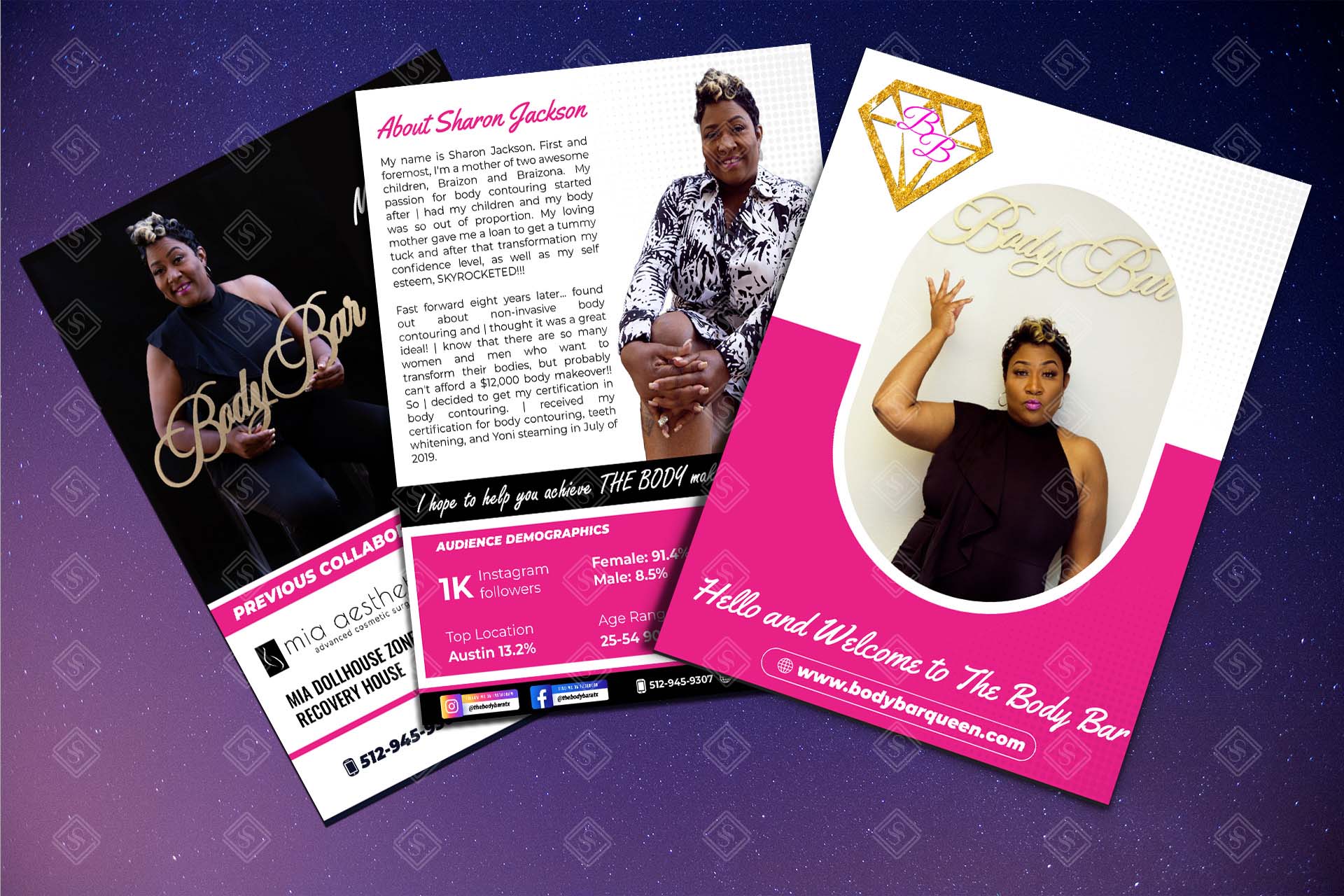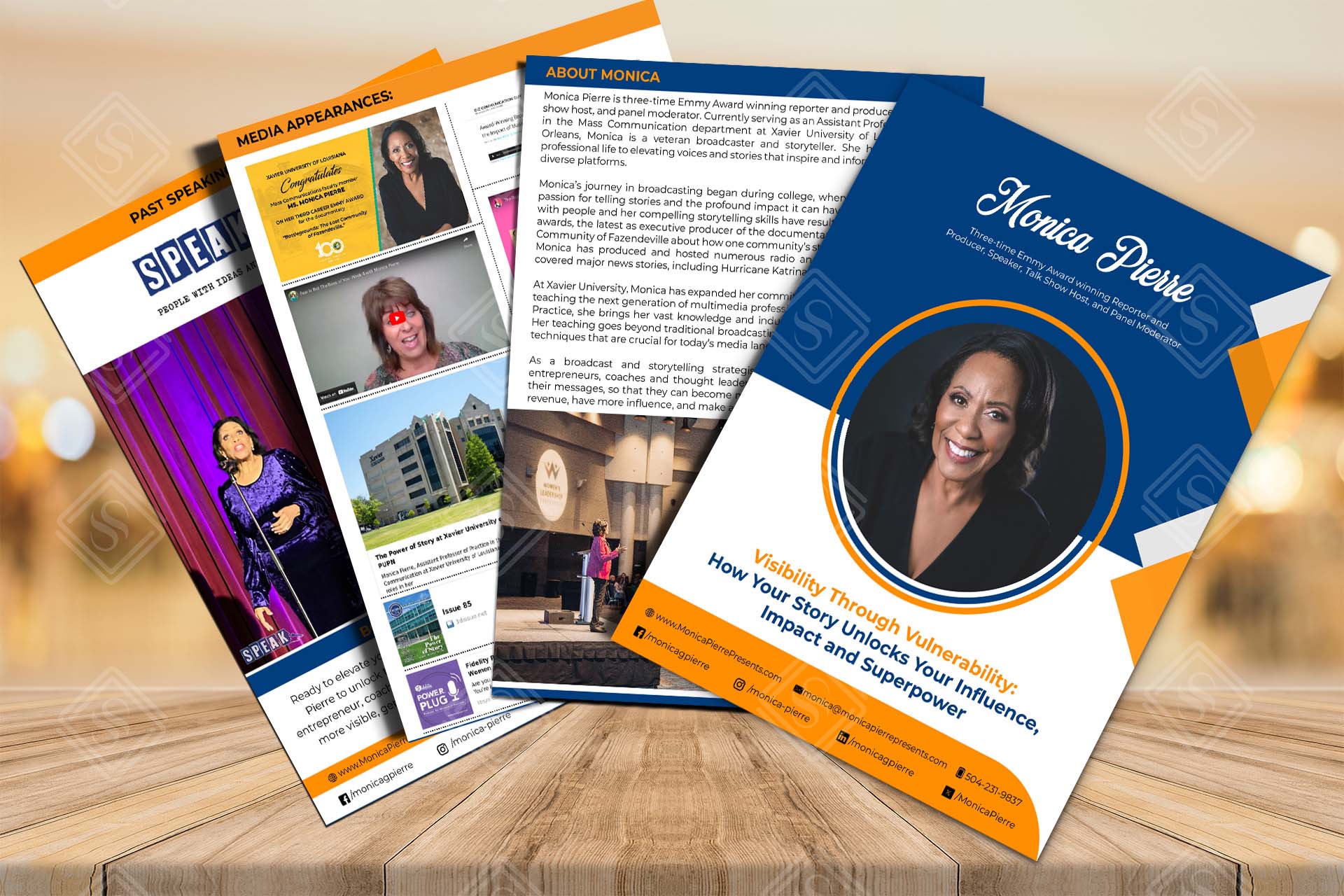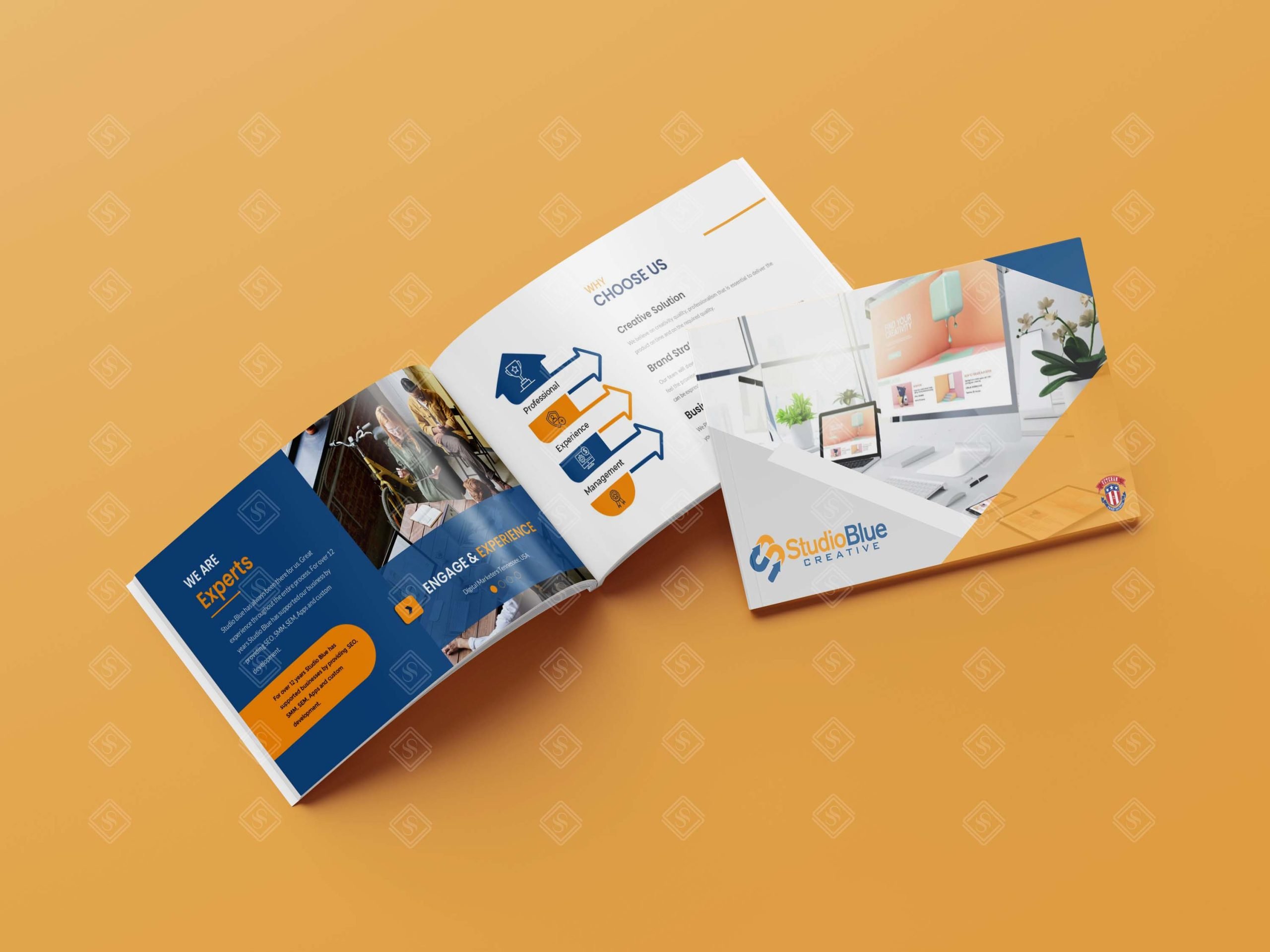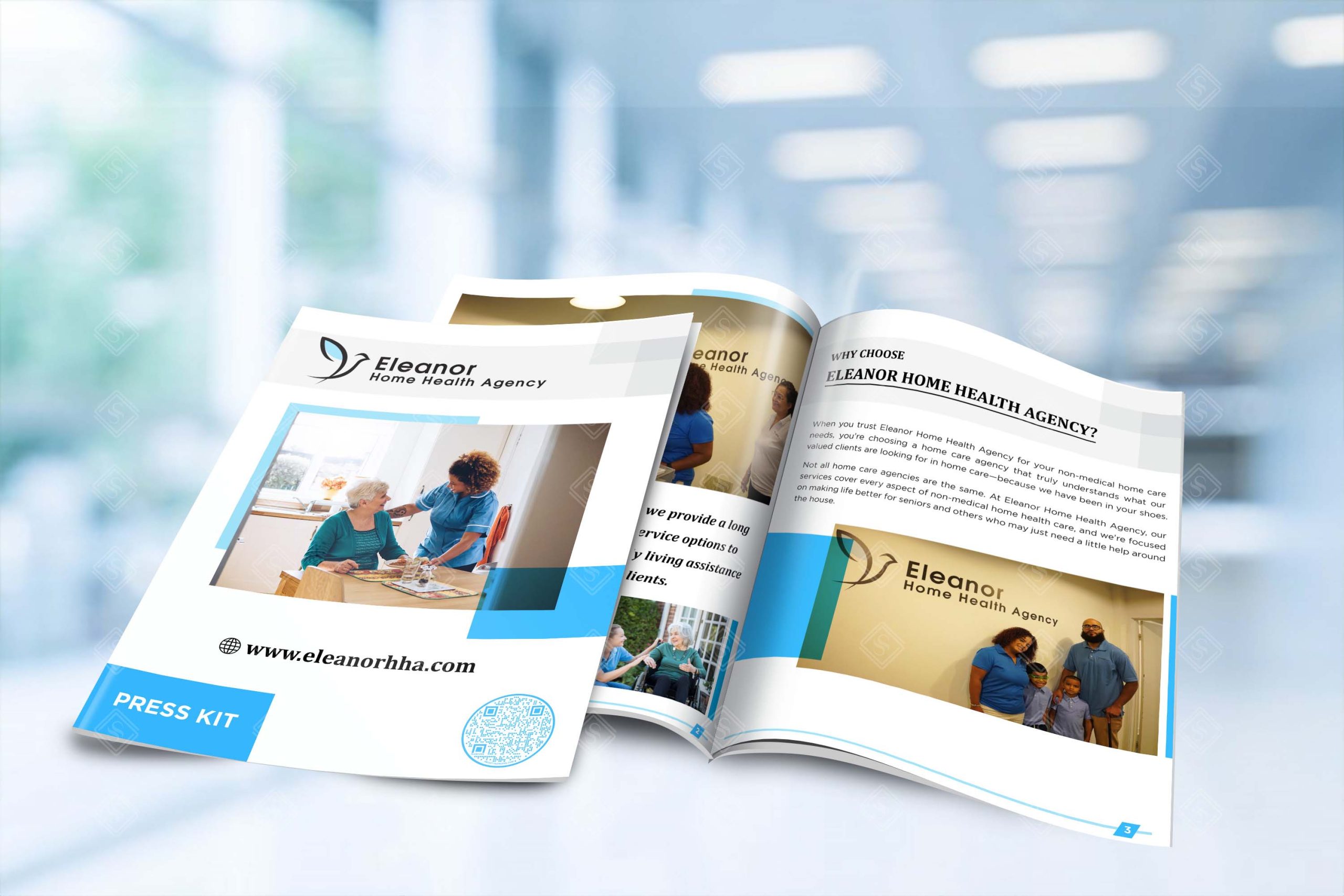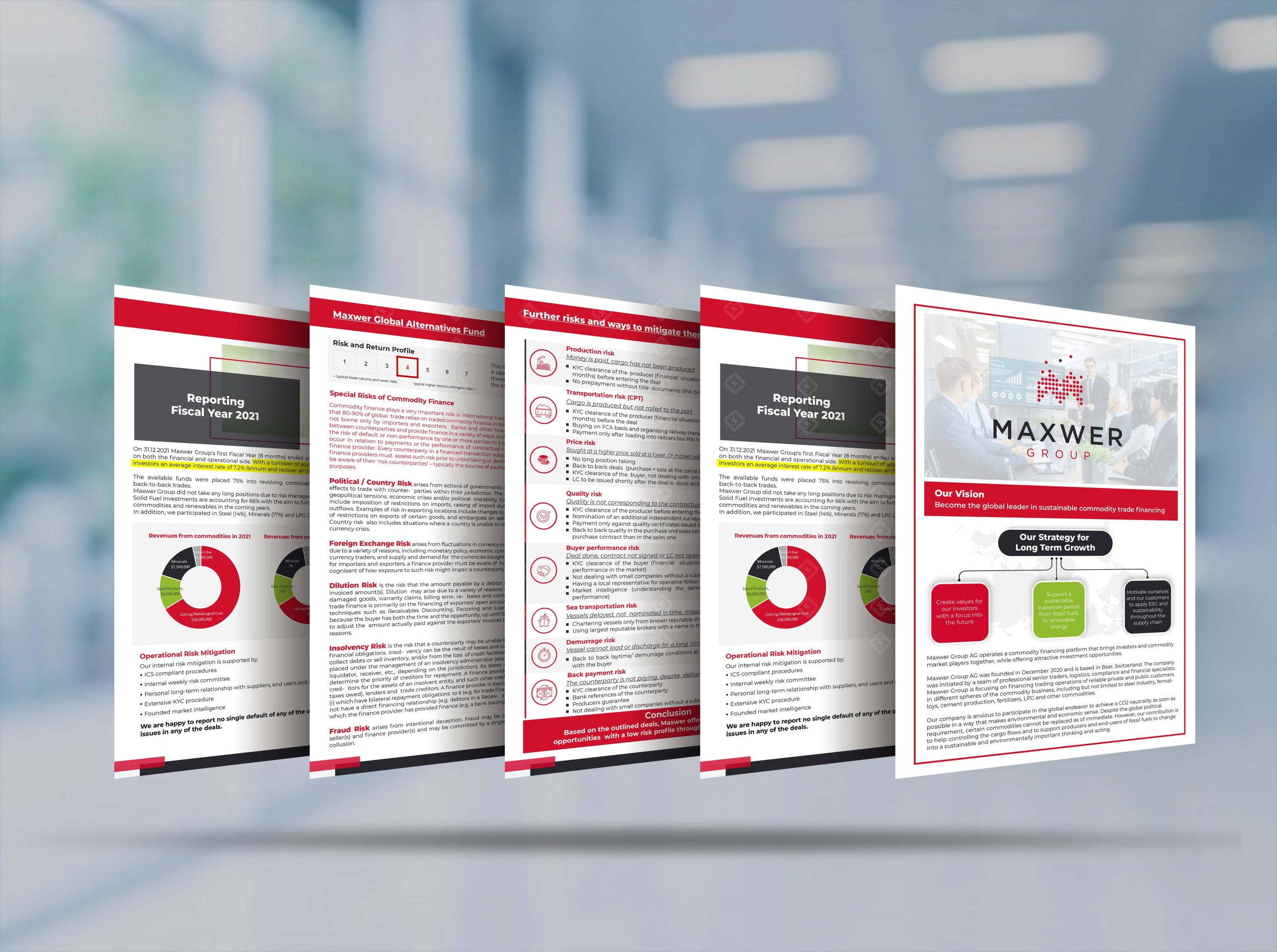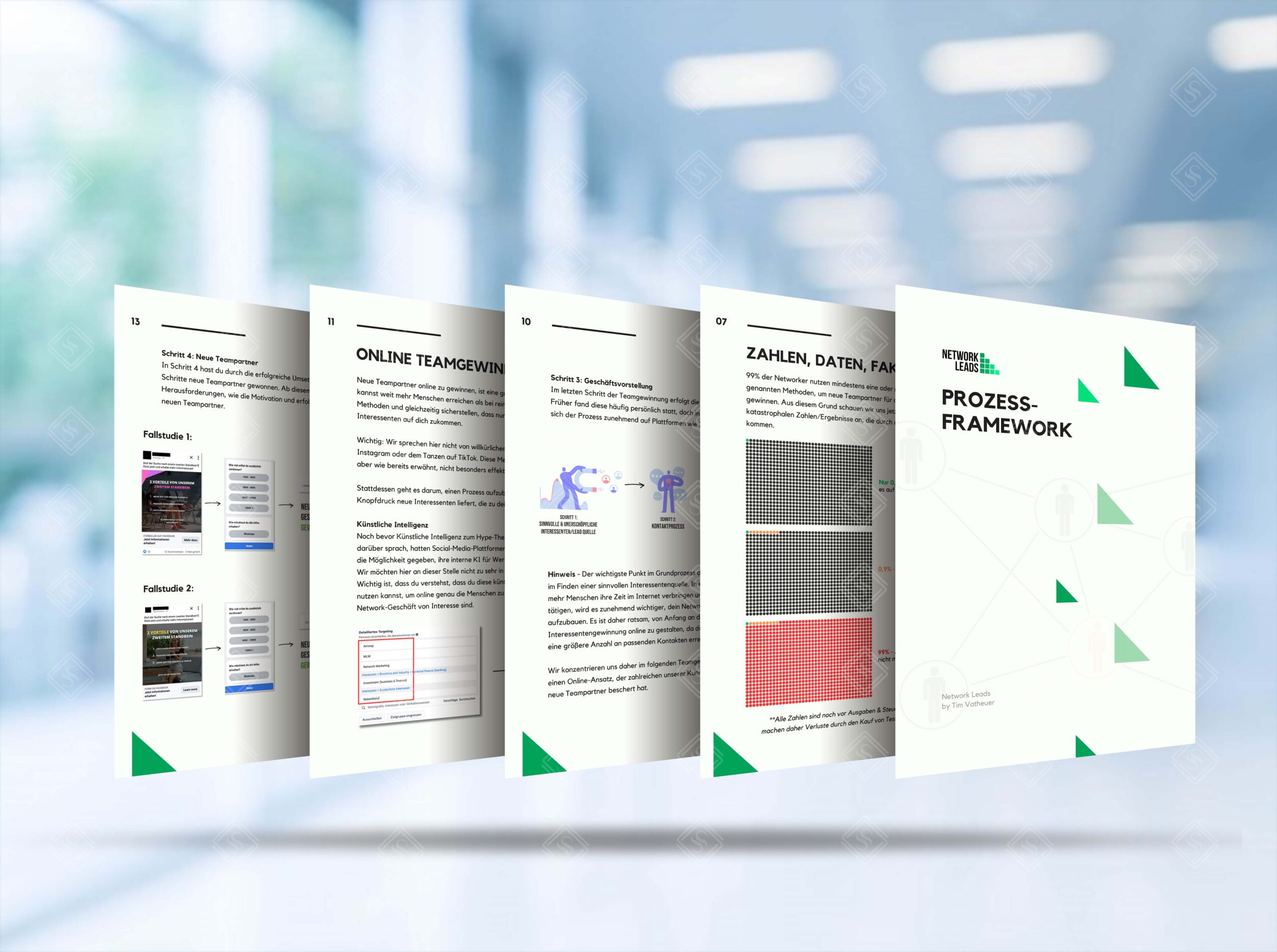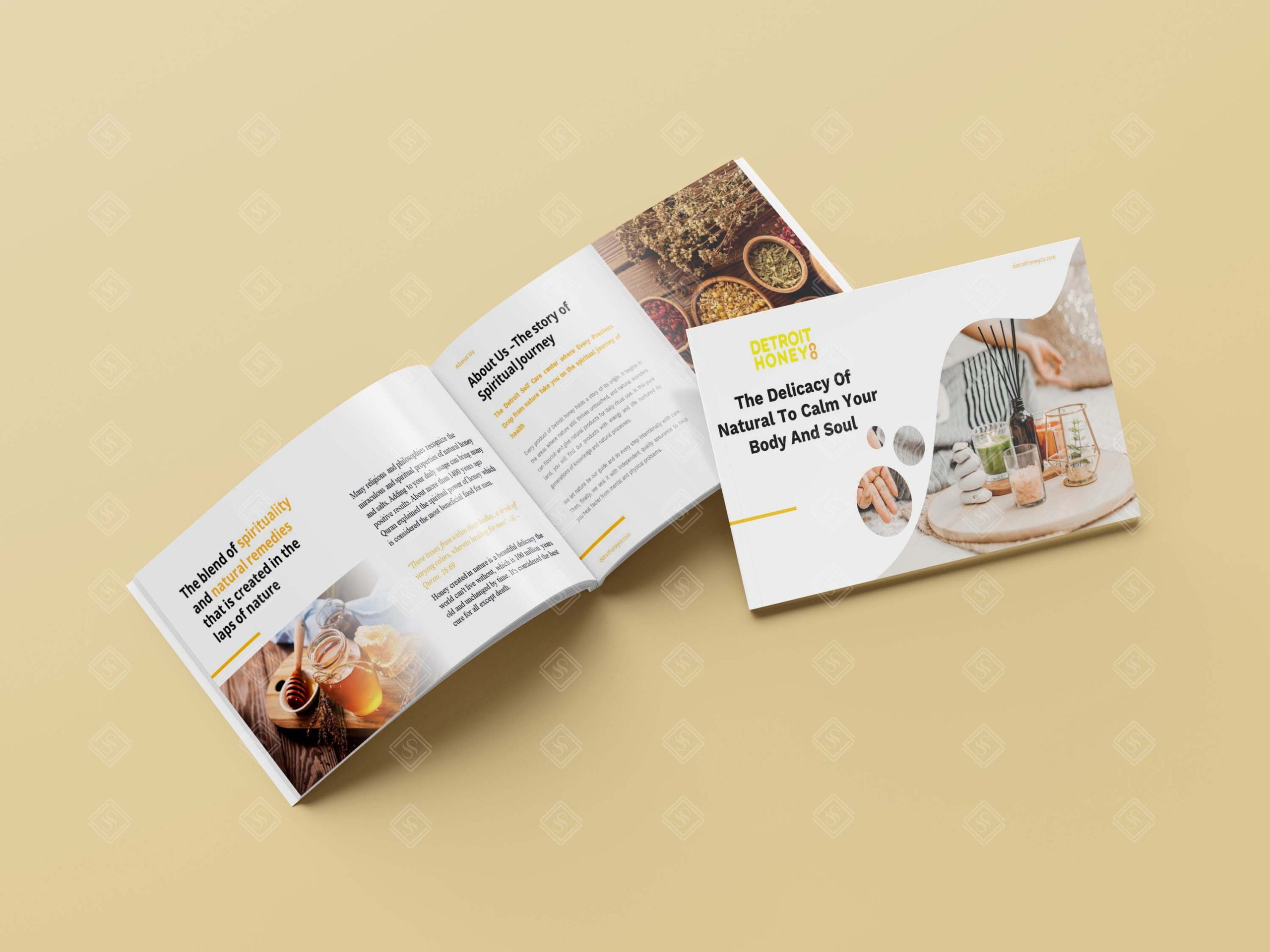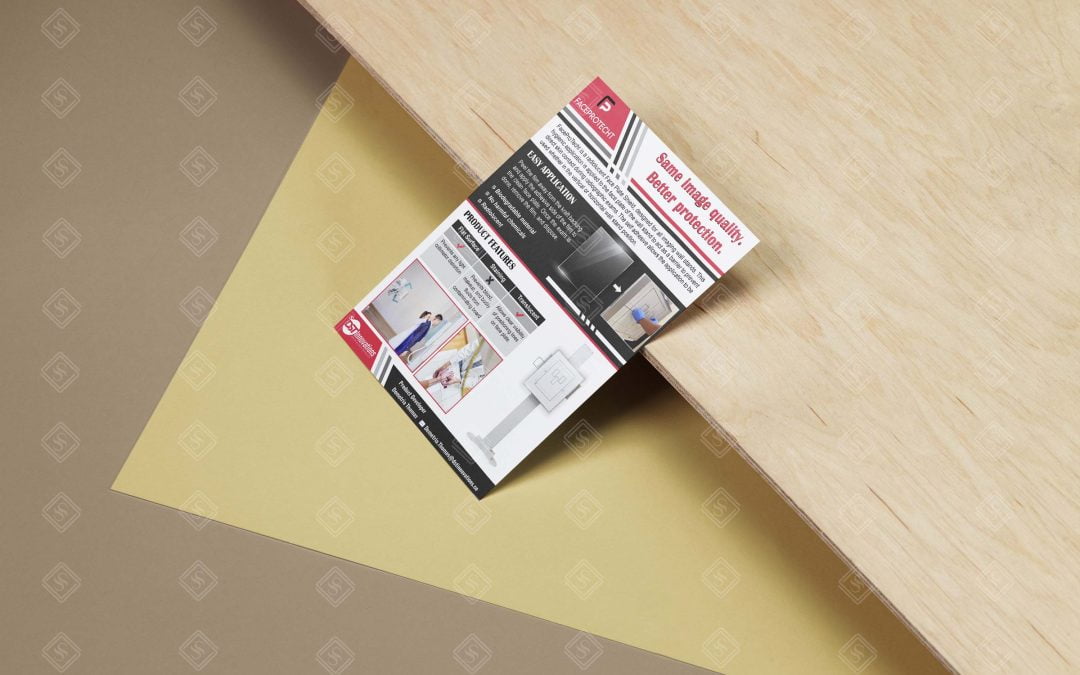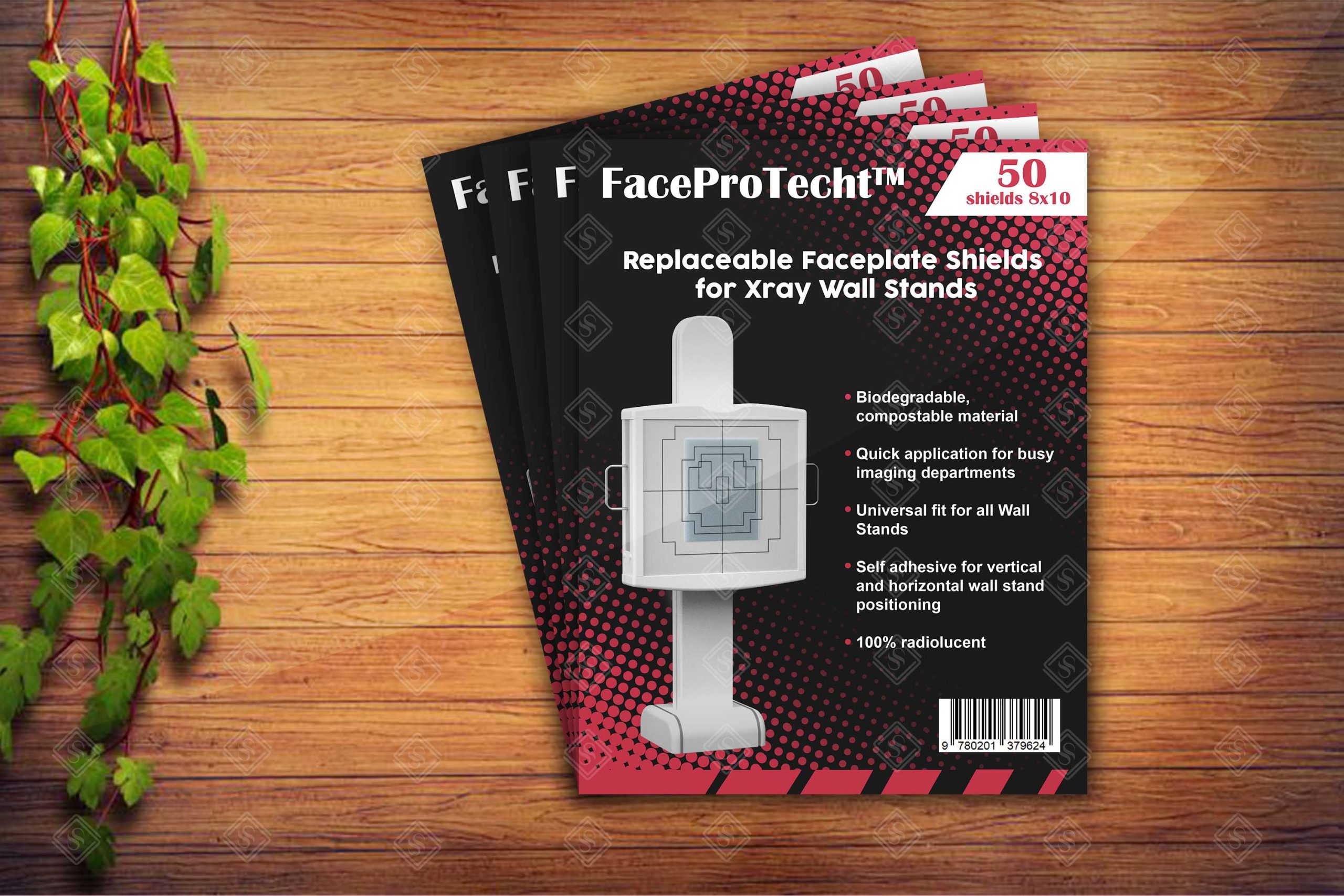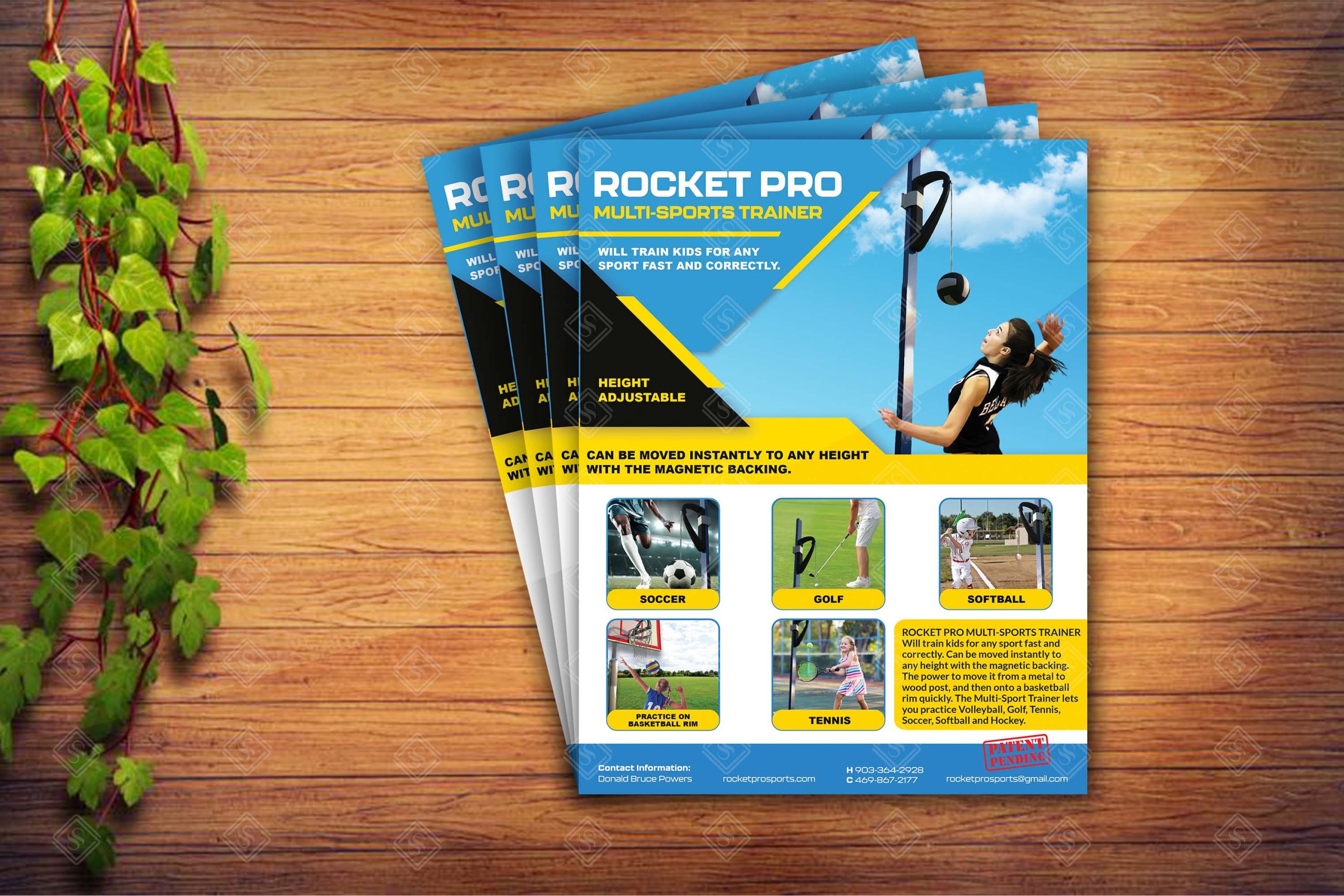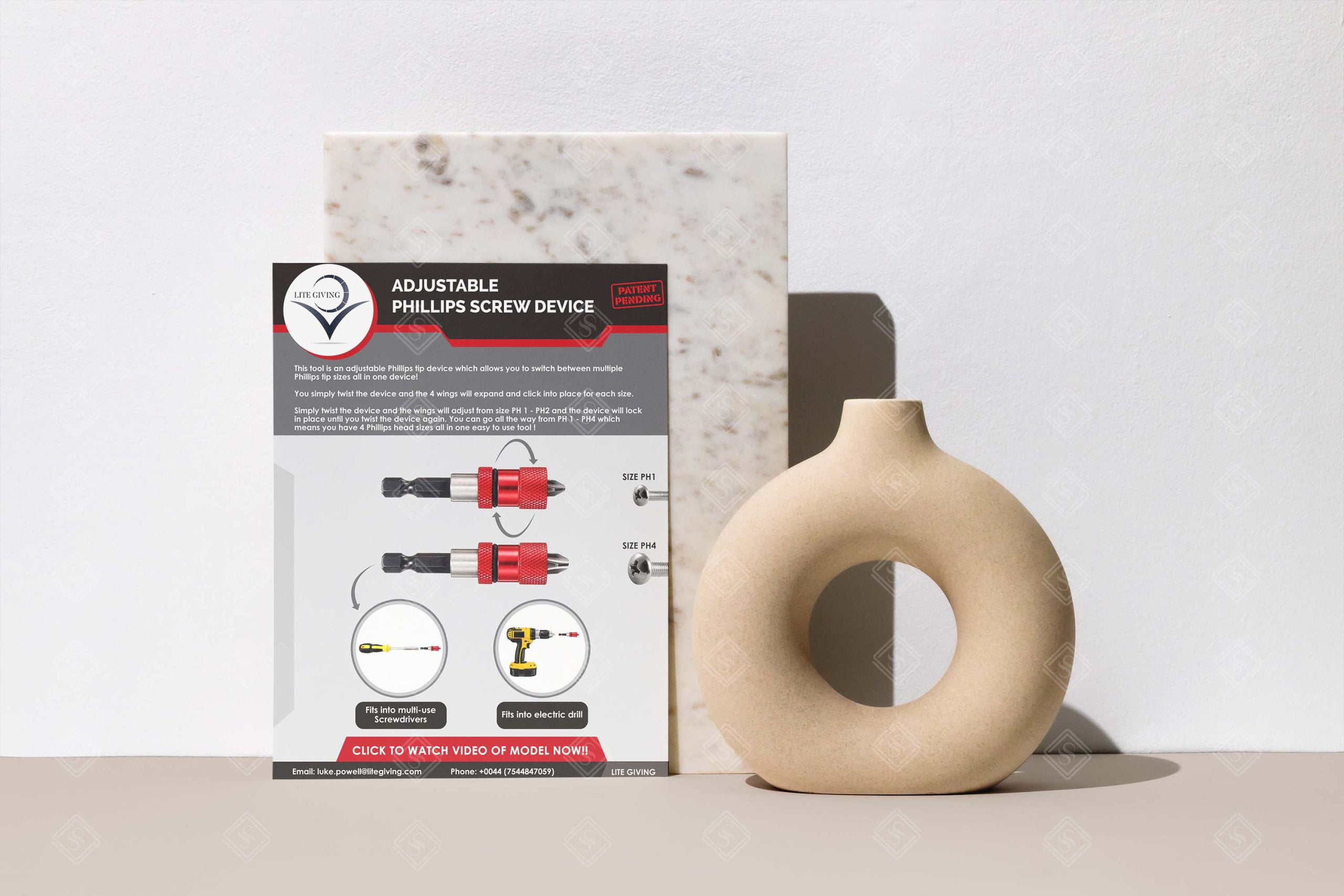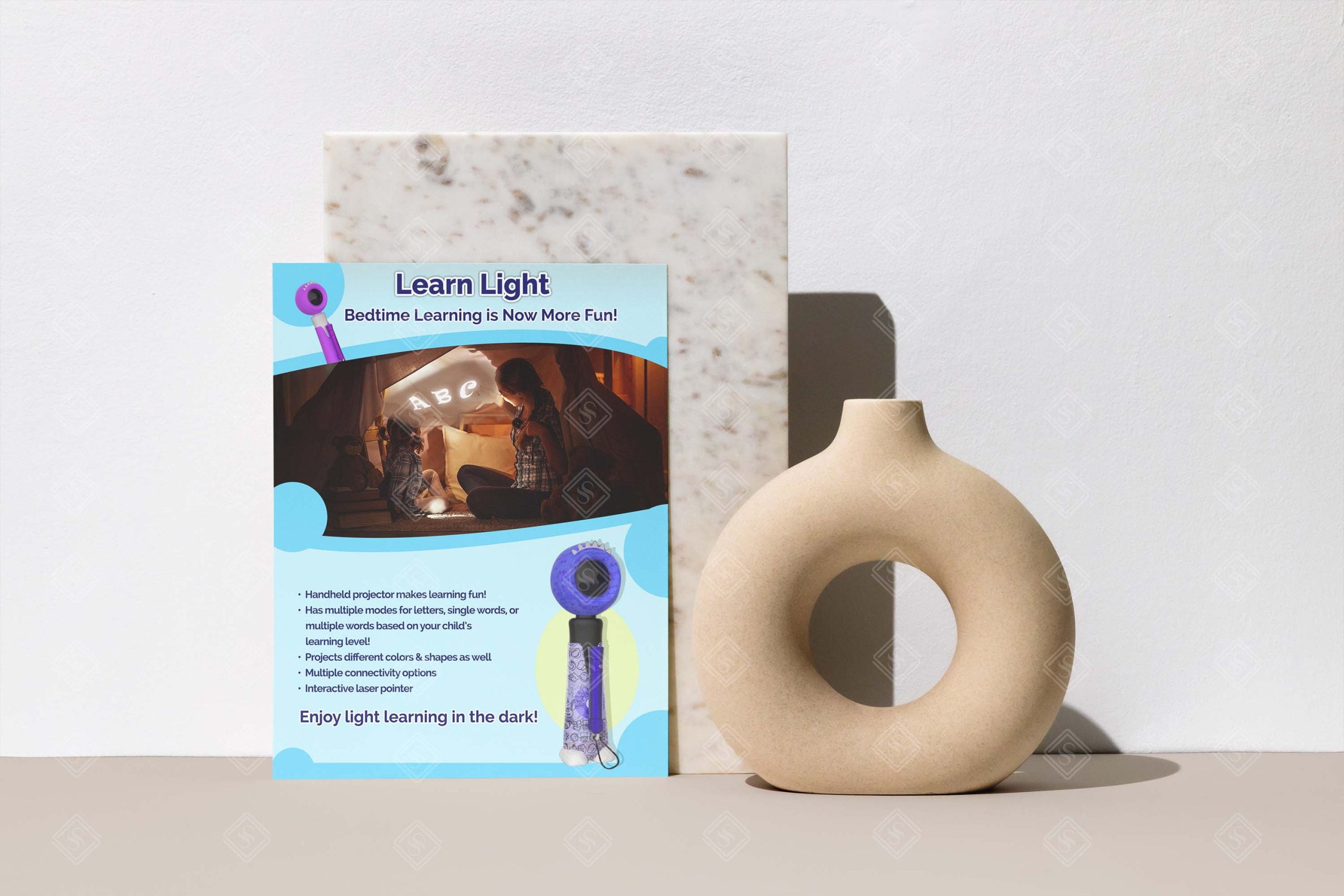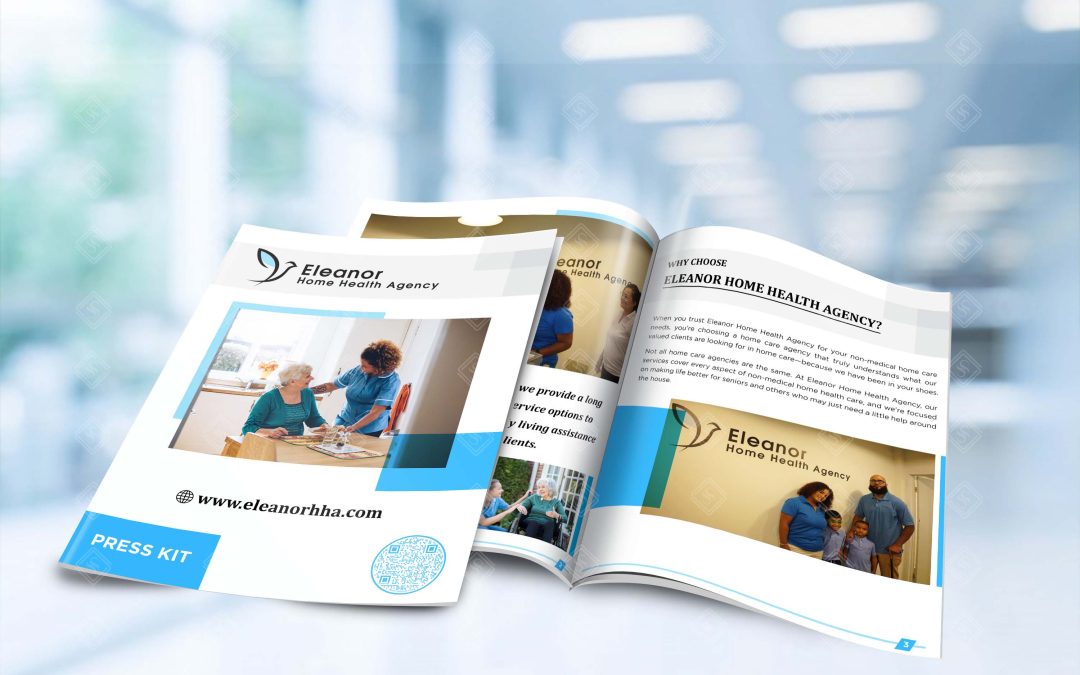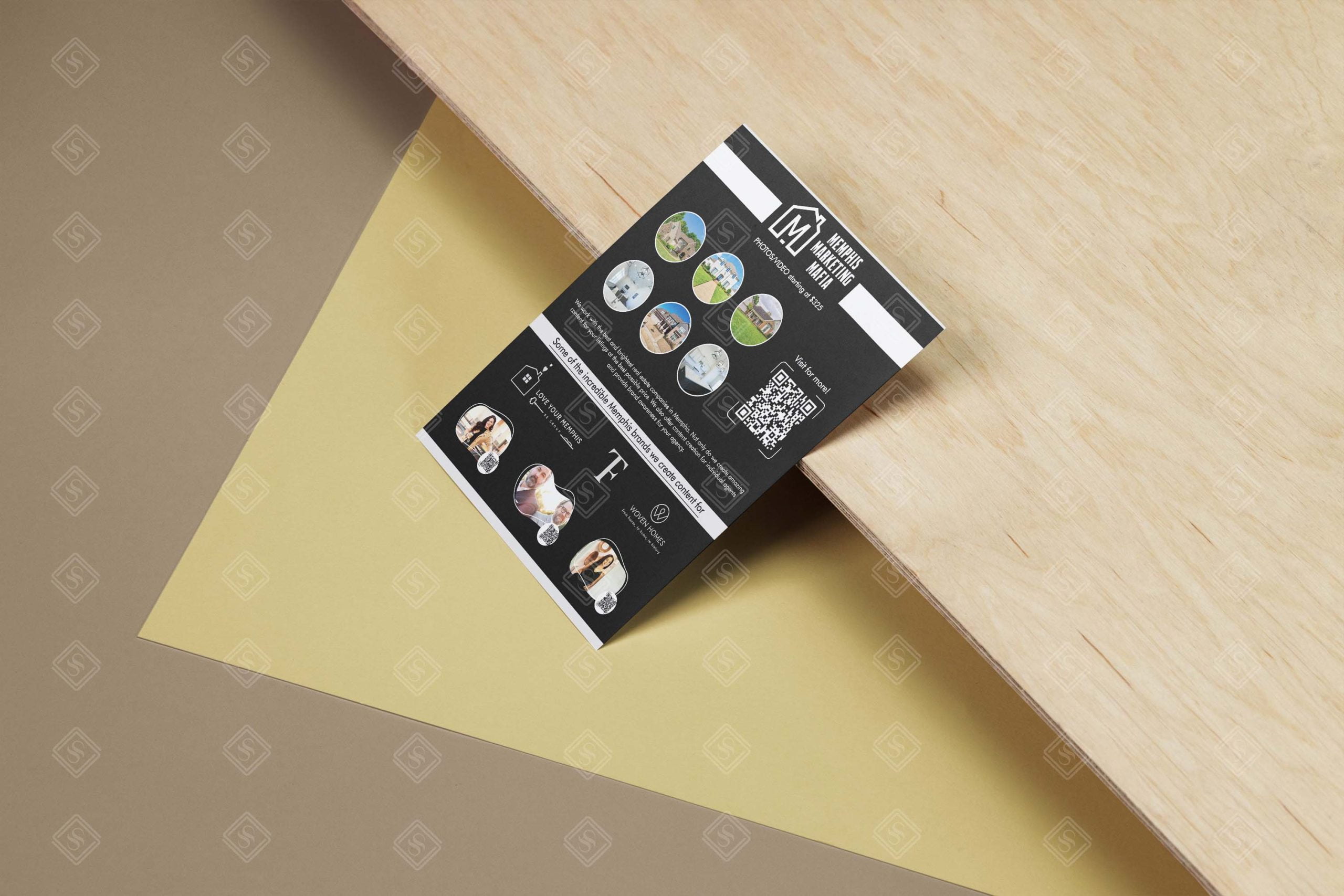
by abdur | Aug 13, 2024 | Press Kit
A press kit is a collection of materials containing information about the company’s products and services. It’s quite fortunate that every single detail that any reporter would require to write the story is included in the press kit.
Effective Press Kit For Your PR Strategy
A press kit is a very effective public relations technique. It adds to your profile in media by providing the journalists with all the necessary information within one site. It has the advantage of efficiency raises the basic level of trust and allows better control of the narrative. Often a well-thought-out press kit will shift how the story is reported.
Understanding Your Target Audience
Journalists are the key receiver of press kits, yet it is not the only recipient of the press kit. They depend on Press kits to obtain the information soon and at the same time accurately. But it would be foolish not to mention bloggers or influencers, who are equally popular among young people these days. They also become a way through which information about your brand or product can be passed around.
- Defining Your Target Audience: Who is your press kit target? Journalists, bloggers, or influencers? The other way of increasing the effectiveness of the press kit is by narrowing down the possible target market, possibly to several key interest groups. Knowing their want and how they think will enable you to come up with interesting stories they will be interested in.
- Knowing Your Brand and Your Market: As with any form of media communication, it is important to understand one’s brand and one’s target audience before developing a press kit. Ensure that you know your audience to be able to change your message to suit the ear. Good brand management contributes to the content of your press kit and the overall tone of your story, which aids in choosing the best audience to appeal to.
- Identifying Your Brand Identity: One of the most essential intangible assets of a company is the visible personality or brand. What makes you unique? What is your motto? The perception that your brand generates to the public should capture these qualities in your brand messaging.
Essential Components of a Press Kit
A press kit is your brand’s toolkit for media outreach. It packages key information and assets to impress journalists and generate positive press coverage. A well-crafted press kit can significantly impact your brand’s reputation.

- Cover Letter: Your cover letter introduces your press kit and grabs the journalist’s attention. Clearly state your purpose, highlight key points, and offer to answer any questions. A compelling cover letter sets the tone for the entire kit.
- Press Release: The press release is the heart of your press kit. It announces your news in a clear, concise, and engaging manner. Design it for your target audience, include compelling headlines, and provide essential details.
- Visual Elements: Visuals enhance your press kit’s appeal. Images, infographics, and videos tell your story effectively. Choose high-quality visuals that complement your message and grab attention.
- Logo and Brand Guidelines: Your logo is your brand’s identity. Include it prominently, along with clear guidelines for its usage. Consistent branding strengthens your message and creates a professional image.
- High-Resolution Images: Provide high-resolution images of your product, team, or events. These images allow journalists to use them in their articles without compromising quality.
Additional Materials
Consider including extra materials to support your story. This might include samples, testimonials, awards, or relevant data. These extras add depth to your press kit.

- Fact sheet: A fact sheet provides essential information about your company, product, or event in a concise format. Include key facts, figures, and contact details.
- Biographies: Include brief biographies of key team members or spokespeople. Highlight their expertise and relevant experience.
- Media Coverage: Showcase previous media coverage to build credibility. Include links or copies of articles that highlight your brand’s achievements.
Designing Your Press Kit
The design of your press kit reflects your brand’s image. Choose a layout that is visually appealing, easy to navigate, and consistent with your branding.
- Choosing a Format: Decide on the format of your press kit. Options include physical kits, digital downloads, or online press rooms. Consider your target audience and their preferences when making this decision.
- Layout and Design: Create a visually appealing and organized layout. Use clear headings, bullet points, and white space to enhance readability. Consistent formatting throughout the kit creates a professional look.
- Organization and Clarity: Present information in a logical order, making it easy for journalists to find what they need. Clear and concise writing ensures your message is understood.

Measuring Success
Track media coverage, social media mentions, and website traffic to measure the effectiveness of your press kit. Analyze the results to refine your strategy for future campaigns.
- Tracking Media Coverage: Monitoring media refers to the process of observing what journalists and media houses have to say about your brand, your product or any event that you may be sponsoring. This means in a way of using certain instruments to search for articles, posts on social network sites, or news which may include a mention of you. This kind of data analysis enables you to better understand your media influence, as well as your standing in public.
- Analyzing Press Kit Effectiveness: It is also important to track the effectiveness of your press kit and this can be done after the distribution of the kits as follows. Determine the number of media outlets that got it, the number of stories that came out from it and the nature of the type of coverage given. Use comparisons about the goals that have been set for such data. This information makes it possible to make the necessary adjustments to the press kit in the subsequent press releases.
Conclusion

A press kit is your business card and the way to attract the attention of journalists and media outlets. It is the chance to explain yourself and your decision most simply. In this way, it is possible to find out how your press kit performed in the media and which adjustments are needed to its activities. Thus, do not wait and develop a motivating press kit that will help you demonstrate the value of your brand to others. See, a good press kit must be one of the reasons for obtaining media coverage.

by abdur | Aug 13, 2024 | logo
A logo is as simple as a picture, it is also the face of your business. For business development, a logo is critical to the success of any company. Now, let us go deep into the water of logo design and see its effects.
What is a Logo?
Logo design is graphic identification used to reflect a company’s name or title of the organisation or business it stands for. It is a concept that assists in branding businesses and easily identify them. The best way to think of it is to consider it as something unique to a brand, distinct and easy to recall as a logo.
Why a Business Needs to Get it Right?
Your logo is the public representative of your brands, businesses and companies. A logo is a powerful message about your brand that leaves a lasting impact. It is one of the most influential marketing tools used successfully to brand products, draw customers and improve business image.
What Makes a Memorable First Impression?
First impressions are very significant for brands and businesses to make a unique impact in viewers’ minds. The Public judgment begins with recognition, and the logo is the attribute, which is seen and recognized first. A logo should give the first favourable impression and the right vision that people acquire about your brand. This is where you get to be loud and proud and in control for a little longer.
Power of Logo Design
An effective logo serves more than the eye-appealing factor. It conveys images, characters, and the information that you want to send your customers. By creating an emotional engagement, it leads to a bond with one’s target market. A good logo assists in developing brand identity hence becoming reconciled.
Brand Identity and Recognition
An effective logo serves more than the eye-appealing factor. It conveys images, characters, and the information that you want to send your customers. By creating an emotional engagement, it leads to a bond with one’s target market. A good logo assists in developing brand identity hence becoming reconciled.

- Brand Identity and Recognition: The logo is often considered to be an element of the identity of a brand. It assists in helping people identify your brand across all the various channels you deploy. Brand awareness creates customer loyalty, a larger market share, and general business success.
- Visual Communication: Graphic communication entails the use of graphics, visuals, and forms to pass information. In today’s society, graphic images have a quicker impact than even the written word. Those companies which managed to understand the importance of the visual language in the modern world are more likely to interact with their audience.
- Building Trust and Credibility: A good logo creates a feeling of confidence and creditability. It helps the overall image of the appearance of the business. Through logo design, customers have the perception that the business is professional and unique providing exceptional services. Logos promotes brands and businesses and lays a solid groundwork for your appearance.
- Enhancing Brand Equity: Brand equity is the value that your brand has in the marketplace. To this value, a strong logo also adds a lot of power. It gives consumers a reason to differentiate between you and other brands, hence selecting yours over that of others.
- Driving Customer Loyalty: The loyalty of customers is enhanced when there is an appealing logo. Social networks cause people to get acquainted with the desired brand both cognitively and visually. This approach helps businesses to make them constant consumers. Customer loyalty is key to business sustainability and stability in the long run.

Transforming Ideas into Icons – The Logo Design Process
Designing a logo is a process that begins with understanding your clients and the market where they are located. From there you sketch and build up ideas and designs and even polish the concept to meet the aim of your brand.
- Brand Values Analysis and Target Market: Ensure you fix the values and personalities of the brand before you begin with the design process. And who do you want to target? Targeted consumers assist in the development of a logo since you comprehend who you are advertising to. This constitutes the groundwork for acquiring a successful design.
- Logo Concept Development: Once you find out your brand, the next step is always fun, create. Choose various shapes, colours, and types of font. Here, you draw plans and different possibilities and communicate with your colleagues. You could use some symbols or icons connected with the field of your activity. This is where things start getting a little more physical and your logo starts to evolve.
- Logo Refinement and Testing: The logo design process is not immune to numerous mistakes which are usually caused by designers. Do not produce overly designed clothes and garments and avoid using fashion fads that could turn into a bane in the next few seasons. Another important factor when it comes to your line is that it should be as simple as possible and easily memorable for people. The logo should be designed in a way that it can fit various media.
- Overcomplication: Do not include too much of small elements in the designed model. Simplicity is key. Don’t make your designs cluttered because this tends to give the viewer’s head a spin. They will not be able to concentrate on the message you are displaying. Concern with graphical clearances and appropriate text fonts. It seems that less is more in the cases of design.
- Trendiness: Pursuing every design trend is always a bit tricky. Staying updated is crucial however quality concerning style should be timeless adopting trending fashion techniques. Design for the visuals of the website should be in line with the company’s image and preferences of the target market even in the upcoming years.
- Ignoring Target Audience: It should be understood that getting to know your audience is one of the primary rules that should be followed in the flow of design. This is because your designs should be by their preference, tastes and the demographics they belong. Do not make designs that will cause your targeted market to turn their back on you. However, do not forget that people and their requirements and expectations should always be at the centre of the design.

Conclusion

An attractive product does not necessarily make a good logo, and vice versa. It is a strong that can be used to define the image of the brand, increase trust and fuel the growth of the business. Your logo is the first thing your clients get to see, and thus, the more you make an impression that will last. Logos are such a vital part of a business and its future, that it needs to be designed well, and with professional help. Do not underemphasize the significance of having a powerful image style. Here’s my suggestion let’s join hands and come up with the best logo to represent your company.

by abdur | Aug 12, 2024 | Ebook
An E-book, short for electronic book, is a digital version of a printed book. It consists of text, images, or both, and can be read on various electronic devices like computers, tablets, smartphones, or dedicated e-readers. The use of the internet to access information is referred to as the digital age, and E-books are among the most popular types.
Defining Your Target Audience
Pinpoint your ideal reader. Who are they? Who do they care for? It is important to comprehend their tendencies, difficulties, and aspirations. All these design preferences will be informed by this knowledge.
Identifying E-book Objectives
Identify the goals that you want to achieve with your E-book, what do you hope to get? Is it to pass a new knowledge, gather contacts or simply sell something? The content and design that your E-book will possess will be informed by your objectives and aims.
Aligning Design with Audience Preferences and Goals
Your design should communicate with your audience and should complement the purpose of your E-book. Select pictures, styles and formats which are likeable to readers and assist them in accomplishing their objectives. Proper alignment helps in keeping the readers interested and shifts the mood of the readers to convince them.
Choosing an Appealing Cover Images
The cover is the first and, perhaps, the only opportunity to influence the reader who will choose your E-book. It is a call to action that takes place on the electronic shelf that attracts potential readers to peruse more of the item that is being advertised. It rouses interest, and there is no denying that a good cover draws eyes. This is the first time you get a chance to engage your targeted audience and make an impression.

Essential Elements Of A Strong Cover (title, author, image)
A strong cover should also be well-designed and cohesive. The title, author, and image should work together to create a unified and appealing design.
- Guiding Principles For Making Effective Covers: There are some basic principles for strong cover designs. The overall layout, colour and style, and typography are components that influence the decision to choose a cover that would be connected with the readers.
- Visual Hierarchy: The cover is an important element of any Book it must direct the readers’ vision to some principal features. The title should be more prominent than the author’s name and supporting images.
- Colour Psychology: Many people have preferences in colors and many things are associated with some colors. Select the colors, which will correlate with the genre, tone, and even the audience from your book.
- Typography: Font selection is crucial. The typeface should harmonise with the overall conception of the cover and remain readable at the same time.

Ideas to Boost Readability and Aesthetics
An E-book should be aesthetically appealing; this means it should be comfortable on the eyes as well as fun to read. And, when done right with the composition of the layout, the choice of the visuals, and the text, you offer the reader an engaging experience.
Layout and Formatting Basics
Good E-book design begins with a good foundation. Appropriate presentation tells your readers where to look, how to comprehend, and where they are in the material. It is like giving your readers a blueprint of how they will be manoeuvring through your writing.
- Selecting the Proper Font and the Appropriate Font Size: Choosing the right font and the appropriate size to use is pretty important and would enhance the aspect of easier reading. The font type gives the E-book a personality and at the same time makes the texts easy and comfortable to read.
- The Functionality of the White Space: Don’t crowd your pages! As with most things in life, white space is your design’s best friend. It enhances the look, makes things easier to follow, and allows your content some breathing room.
- Incorporating Visuals (Images, Infographics): Images and infographics help make the content more interesting, explain intricate information in detail, and also enhance the overall appearance of your E-book.
Designing an Effective Scheme of Content Presentation
Understanding E-book organization is very important in making readers hooked on your E-book. When a few sets of files are compiled and published together it forms an E-book that is easily understandable and not complex. In other words, while writing, one ought to be creating a map for someone else to read and follow.
- Breaking Down Content: Do not write in long, unbroken segments of text that give a reader a block of the content to deal with. Avoid putting large volumes of content and information on any single page; rather, divide the subjects and topics into numerous sets of small contents. This makes your E-book more readable, and more pleasant.
- Using Headings And Subheadings Effectively: Headings and subheadings are like signposts. They point the reader of your E-book in the right direction and direct them to the right information. Employ them to provide readers with a pause and guide them through the most significant information. Ensure that your E-book has a good narration used throughout the whole E-book to gain the readers’ attention.
- Responsive Design Principles: Responsive design is the wizardry behind those shape-shifting E-books that adjust to your screen size. It means your E-book looks and functions the same across any device you’re reading it on, and its layout is always optimized for the screen. Picture a chameleon changing its colour – that is how effectively an E-book can be designed for responsiveness.
- Proofreading and Editing: Writing and rewriting are followed by proofreading and editing which help to produce a fine piece of work. They include error-catching, language-tuning, and, especially, the quest for clarity. An audience just expects quality work to be produced and any failure results in loss of audience.
- Tips for effective proofreading: If you know that you use complex phrases, then reading your E-book aloud will help you hear such structures. Proof-reading tools can be utilized, but should not be the sole method of proof-reading. It might also be a good idea to have a second look at the work that has been done.
To reduce eye strain, use the ‘20-20-20’ rule; look away from your screen every 20 minutes at an object 20 feet away for 20 seconds.

Conclusion

A well-designed E-book entertains its readers, increases their interest and motivates them to make a desired action. And this is a very important point: design is a process and it does not end here. Ensure that you read the reactions of the readers and other performance indicators to make improvements where necessary. Concerning advertising, never be scared to try out new concepts and styles. Designing your E-books means designing for the future of your content.

by abdur | Aug 11, 2024 | Uncategorized
A sell sheet is a concise, visually appealing document that highlights the key features, benefits, and unique selling points of a product or service. It’s essentially a one-page advertisement or brochure designed to persuade potential customers to make a purchase. A sell sheet is a simple and aesthetically pleasing flyer that must persuade the customers to buy the product.
Importance In Product Licensing
A strong proposition statement to grab people’s attention and get them inspired. A sell sheet is a vital marketing tool that can significantly increase the chances of securing a licensing deal. Effective and efficient communication is another area where a sell sheet proves to be beneficial. The sell sheet convinces customers to buy your products and services.
Conveying Product Concept Through Sell Sheet
The most important component of a sell sheet is that it takes a lot of information about a product offered and boils it down to key bullet points. The use of point form and graphics is simple and memorable, guaranteeing that your product idea is anchored to the target demography.
Attracting Potential Licensees
Your sell sheet is your product’s first brand promoter. It should form an impression of getting attention, creating curiosity and last but not least; it should create an impression.
How to Approve Your Product for Licensing Using Sell Sheets?
Licensing is your ticket to your product and sell sheets help you in getting the deal. They demonstrate the viability of your product to the outside world, which is why they are so valuable in the process of attaining those desirable licensing agreements.

Essential Elements of a Licensing Sell Sheet
A good and powerful sell sheet should have information that immediately captures the attention and information about what your particular product could offer. Every aspect should be considered when it comes to coming up with something that will leave a lasting impression on the client or the target audience.
- Product Description: Your product description is the first thing people see when envisioning your product. It should be easy to read, and engaging without overloading the reader with information. Describe elements that one can embrace to differentiate one’s product from the competition.
- Target market analysis: The identification of the intended audience is a very vital step in the procedure. Delve into their details. Their age, gender, interests, and lifestyle. The knowledge gathered proves to be most useful while approaching the client with your product and licensing solutions.
- Unique selling propositions: What is the unique selling point of your product? Explain its position, and make the customers understand the attributes that make it different from the rest. Explain how it differs from similar services and what it can provide to the partners that they cannot get anywhere else.

What Should a Sell Sheet Should Include About a Product for Licensing?
The sell sheet is a one-page promotional tool, detailing the features of your product and persuading the intended consumer to buy it. It is quite a useful instrument that helps to attract attention and cause interest. It should immediately and persuasively convey how your product can benefit the customers and what it can do for them.
- Product Name and Logo: Your product name and logo are critical to the definition of your company’s brand. They should be easily discernible and, at the same time, create a vivid image in the consumer’s mind. Position them right at the top of your sell sheet so that the audience gets the first impression that you want them to have.
- Product Image or Illustration: Graphics assist the target licensees in getting a clear picture of the product and how it will be used.
- Tagline or Slogan: A tagline or slogan is a pearl that sums up what you offer customers. It should be easily recognisable and provoke certain associations in people. It should be employed in passing online messages about what sets the product apart from others in the market.
- Brief Product Description: A brief Product Description is an overview statement. In simple terms and as briefly as possible state what you are selling and what it does. Emphasise its main purpose and the subject to which it is oriented. It should be simple and clear and assume that all people do not know the subject.
- Call to Action (CTA): Inform the potential licensees of what you expect them to do next. Just awareness might be through calls, emails, physical visits, or getting more information from your website or you. Make your CTA persuasive and easily seen by people.
- Contact Information: Provide easy-to-find contact information. Even when contacting a company informally you should fill in your name, title, company name, phone number, and email address. Ensure that the simplest way is provided through which the potential licensees can communicate with you.
- Licensing Information: Include your licensing terms and conditions and The licensing terms and conditions should be outlined. Make sure that licensing fees, royalties, and ownership of idea or invention rights are clear and, obvious. This makes consumers feel involved in the processes of the organization and thus makes them trust the organization.
- Professional Design: A proper sell sheet design cannot be overemphasized. Make sure all the images are of high quality and are properly branded and the layout should be concise. Ensure the sell sheet is professionally designed and has clear and easily understandable information on it.

What tools and software are used to design Sell Sheets for Product Licensing?
There are powerful design applications like Adobe Illustrator and Photoshop for fine work, easy-to-use applications like Canva and Figma for design, and presentation tools to display productivity tools for content, as well as image resources, and set it to look good.
Here’s a quick overview of each tool: Here’s a quick overview of each tool:
- Adobe InDesign: Create layout professionally so the sell sheets and marketing collaterals to be created look professional.
- Adobe Illustrator: Make precise linear graphics in addition to illustrations that will boost the appearance of your sell sheet.
- Canva: Popular sell sheets can be easily edited even with little or no design skills whatsoever.
- Affinity Designer: This affordable but potent software allows you to turn out sleek pictures and graphics for your projects.
- Adobe Photoshop: Speed up images, and overlay effects onto the sell sheet to make the sell sheet look attractive.
- GIMP: Crop, adjust, touch up, and resize photos and pictures with this free and highly functional software solution.
- Microsoft PowerPoint: Read on some tips on how to create reasonable and efficient sell sheets, that are as easy to navigate as your everyday application.
- Google Slides: Work together and make stellar sell sheets online in a flash.
- Google Fonts: Select your favourite colour and pick from hundreds of free fonts in which to finish off your sell sheet.
- WhatFontIs: Decide and relate the fonts to achieve harmonious typography on the particular design.
- Dropbox Paper: Coordinate in selling sheets in one platform where one can easily Trello: Simplify the sell sheet project with boards, lists, and cards while organizing the documents.
- Shutterstock: Get quality images that complement your sell sheet graphics and designs.
- Unsplash: Use sales-promoting pictures that can be obtained at little or no cost and are of high quality.
- Adobe Acrobat: Promote your sell sheet in a printable and easily downloadable format in PDF by converting your sell sheet.
If you are interested in learning more about How successful sell sheets are designed? Visit Our article How to Create a Sell Sheet That Doubles Your Profit?
CONTACT US

We maintain long-term business relationships with most of our licensees. Thus, goal congruence is achieved, and we are in a position to capitalize on the opportunities and succeed together. Get in touch with us to learn more about the licensing possibilities and learn how your Product will transform your enterprise.

by abdur | Aug 11, 2024 | Book Cover Design
Book cover design is the visual representation of a book. It is the first thing that potential readers see, and it can make a big impact on whether or not they decide to pick up the book and read it. It focuses on the function of covers to grab the attention of readers and convince them to open the pages of the book. Authors and publishers should know how to produce packaging that sells their books.
Role of the Book Cover in Marketing
Never forget that the book cover is a part of the advertising and promotion of the book. Ideally, it should be part of your active promotion of your book to its target audience. Promote the cover on social media, via the web and any other available platform to ensure people are interested.
Knowing Your Book and Its Readers
The most important and relevant point which should always be upheld is that you should know your book’s content and its audience when designing a cover. The first step is to identify the audience of your text or what it is written for. It is therefore important that one is fully aware of their readers’ preferences as well as their expectations.
- Identifying the Target Audience: For whom are you writing? Are they young adults, movie mystery fans, or business persons? To achieve good results, it is recommended to identify your reader precisely so that you know which cover to apply.
- Analyzing the Book’s Genre and Tone: Identify the book’s genre and its tone. Is it just an exciting detective story a romantic love story or a cookbook for brainstorming your thoughts? Thus, the genre and the tone of your book shall determine the style and the mood of the cover.
- Determining the Book’s Core Message or Theme: What do you want your film to be about? Determine the key as well as the specific purpose of passing information that is essential to know. This will go a long way in helping you obtain a cover that reflects the content of your book.
- Visualize the Book’s Atmosphere: Put visuals into your book. Gather images that you associate with your story, as well as its colours and fonts. This will help in covering your book design and constantly remind you of the book’s idea and aim.

Important Components of a Book Cover
A book cover is the first thing a reader comes across when they decide whether or not to read a book. It is an aesthetic activity of presenting information using pictures and words to attract the readers. Each one contributes something to the construction of a cover that can sell.
- Title and Author: A title and an author constitute the identity of the book. Select a font type that complements the character of the books and make sure that the font is easily readable. The author’s name should be easily visible but, it should not overtake the title of the article.
- Imagery: Images are the narrating part of any piece of work that is on your cover. It can be done in a manner that draws emotion, and intrigue, or it can be simple and to the point. These should be relevant images that would fit the content of the book and the audience it is intended for. Choose from picture illustrations, photographs, or great abstract pieces that would give the room the mood you want.
- Typography: Choose the fonts that will suit the genre of the book and at the same time will provide the right message. Something that can be done is to incorporate various sizes, weights and colours to increase the chances of depth number chart icons looking interesting.
- Color Palette: Colors people and shape your environment. Select colours that are appropriate for the tone of the book as well as the age group of the targeted consumers. They can opt for using light colours for the objects to stand out or opposite colours for a balanced feel.
Layout and Composition
The choice of the elements is rather important, and their placement on the cover is also very important. Try to set up a neat and coherent piece of art. Attention should be paid to the position of the text and the images. Otherwise, you risk losing the readers’ focus on important aspects.
Creating a Memorable Cover
The book cover is the first thing the potential reader sees and the first shot you have at winning him over. It is rather like a movie poster that makes you want to learn more about the plot of the movie inside. The idea is to convey a clear understanding of what the book’s genre is, and what kind of tone and mood should be expected. Many graphical themes in contemporary designs entail the use of attractive pictures, persuasive fonts, and vibrant colours.

Additional Tips and Considerations
- Cover Design Trends and Best Practices: To make your book look presentable, it is vital to be fashionable, or, in other words, timely when it comes to cover designs. Yet, stick to trends with caution and do not smoothen your book’s identity losing it into trends. The design for the cover should be appealing specifically in typography, colours, and where the key information is placed or highlighted.
- Legal and Copyright Issues: Before engaging yourself in the actual process of designing, familiarize yourself with the rules concerning copyright on the book cover design. Do not use any material that has been protected by the copyright without having proper permission to use such material. Avoid controversies with trademarks and other similar tules. It is advised to seek legal advice as it can be helpful.
Conclusion

Concentrate on your audience, create an interesting design and you will have an extraordinary cover. What you must not forget is that while your cover has to be great to look at, it also has to make people want to pick up the book and read it. Of course, you do not have to compromise on style and ideas, do not hesitate to try different things. The possibilities are endless! New ideas can be collected from over the Internet, forums of designers, and bookstores. Yes, and your book deserves a cover that will do justice to the brilliance of the book.
